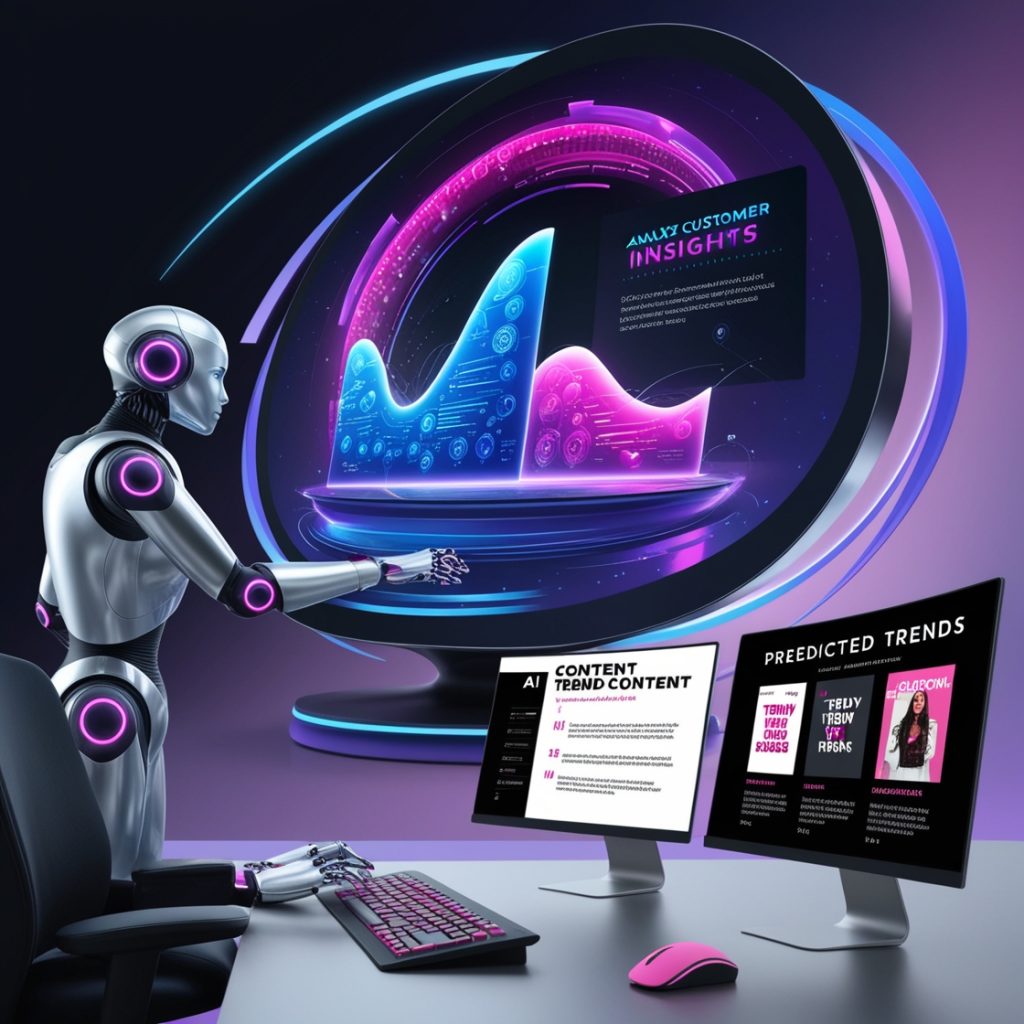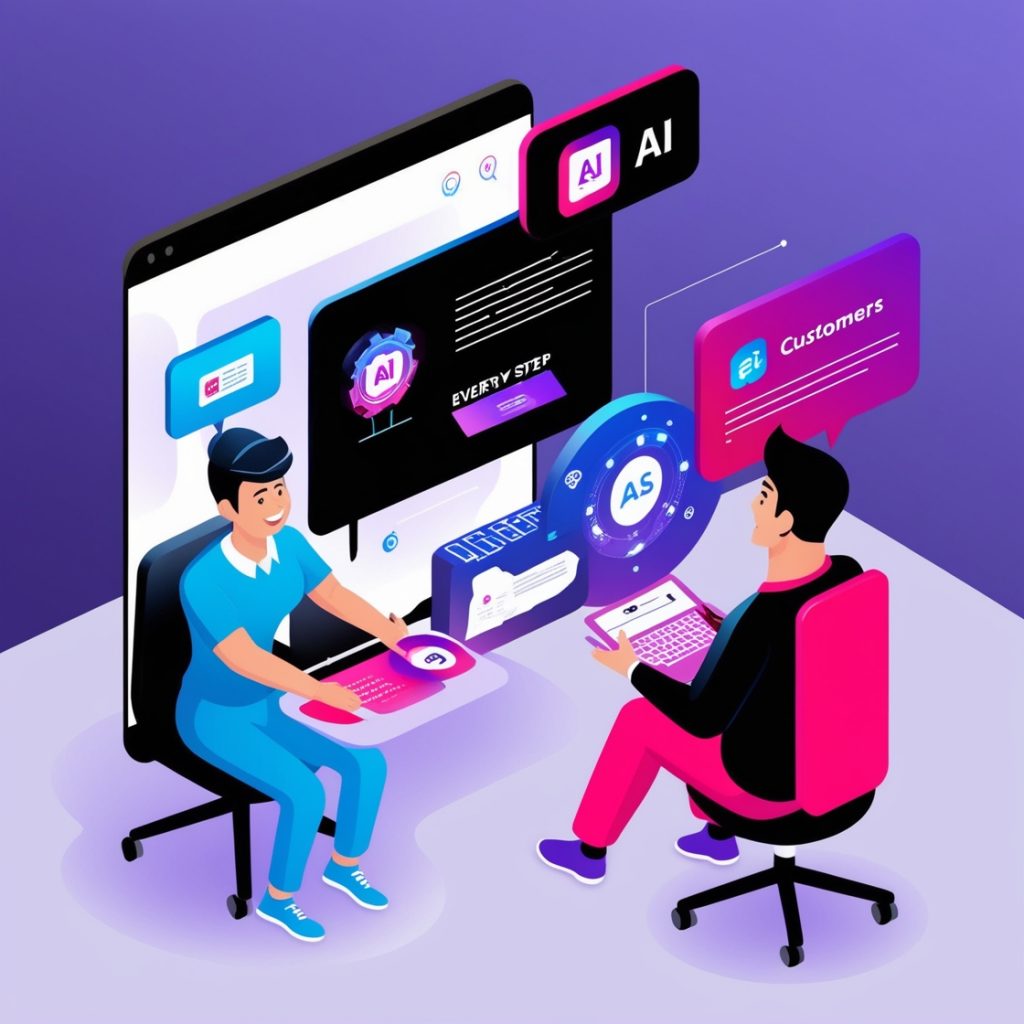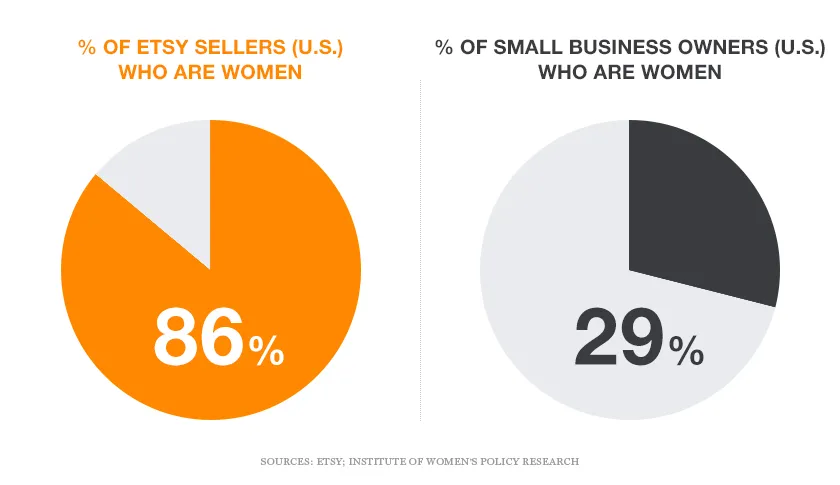Final Assignment of Team 15- Jana Merkus, Quinten Meijers , Jülide Kahleogullari, Senanur Babür
E-commerce businesses face challenges in creating flexible, targeted marketing strategies due to the time-consuming and costly nature of traditional methods. Esp. SME´s with limited budget. BrightGen solves this by fully integrating GenAI at every stage, offering an innovative and efficient approach to modern digital marketing.

Challenge
Many firms, esp. those in the e-commerce sector, face severe difficulties in providing high-quality and targeted marketing content. Traditional marketing firms use huge teams of copywriters, designers, and strategists to create personalized campaigns. This not only raises expenses but also slows production, which is especially bad for SME´s with limited finances and resources. Furthermore, as consumer preferences shift, many organizations fail to adapt fast and struggle with inefficient marketing.
Solution
BrightGen solves this challenge by using GenAI to automate and optimize marketing campaigns from beginning to end. AI allows us to generate highly tailored and engaging commercials across multiple platforms in just a little of the time that a typical agency would take. Our AI models create everything from ad language to images, allowing businesses to run dynamic, multi-channel campaigns that connect with their target audience.
Furthermore, we do more than just create content. Using AI-driven insights, we predict trends, evaluate consumer behavior, and adapt plans in real time to keep our customers’ advertisements relevant and effective. By automating monotonous operations such as A/B testing and performance tracking, we enable our customers to focus on the most important point: growing the business.
Innovativeness
What distinguishes BrightGen is how we incorporate AI into every stage of the marketing process. While other firms may use AI for discrete tasks, we’ve designed our entire model around it. BrightGen guarantees that firms at all stages of growth have access to high-quality marketing services by offering tiered packages geared to different business sizes (Simple, Standard, and Premium).
However, we feel that, while AI is a great tool, it cannot replace human marketers’ creativity and emotional depth. That is why we maintain a staff of qualified individuals to review AI-generated content and ensure it is consistent with the project´s goals.
Challenges of GenAI in Marketing
Using GenAI in marketing has also it´s challenges. One of the most pressing concerns is bias in AI-generated content. Because AI models are trained on historical data, they can unintentionally replicate biases found in that data. Additionally, there’s the risk of over-automation, where content becomes too similar and lacks the uniqueness that makes a brand memorable.
We are ware of these challenges and address this issue by having employees having an oversight throughout the campaign process. Our team will review and refine AI-generated content, we ensure that it is all aligned with the client’s objectives and the governments rules.
Conclusion
By combining the power of GenAI with human creativity, we offer a great solution that allows businesses to thrive in today’s fast-paced digital world. Our innovative approach delivers personalized, scalable, and impactful campaigns—paving the way for the future of digital marketing. With BrightGen, businesses can not only keep up with the competition but lead the charge into a new era of marketing.




